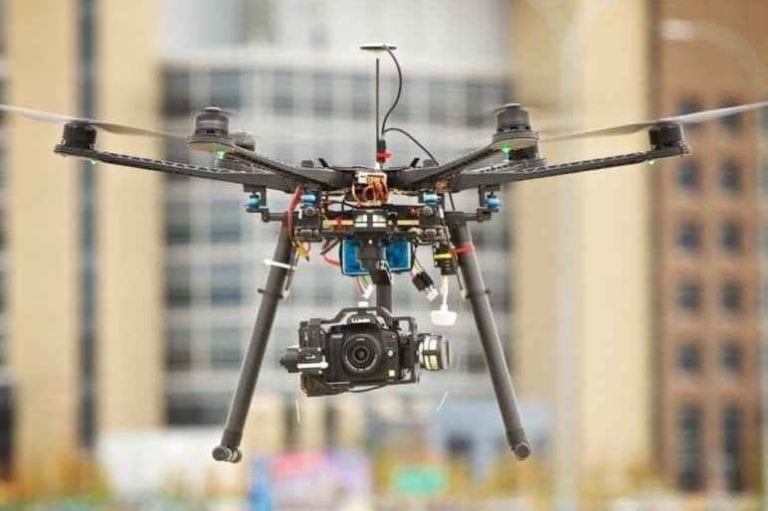The drone market has exploded in growth over the past few years.
Manufacturers have had a fast product refresh cycle and subsequently there has been a rapid uptick in used and refurbished drones for sale. Inversely, there has also been an increase in people buying used drones.
People eager to upgrade to the latest and greatest bleeding-edge UAV technology are often looking to offload their second hand drone for a great price by listing them on sites such as eBay or DroneTrader.
Likewise, companies that are using their drones commercially (for things such as mapping and surveying) will occasionally sell off their fleet of well maintained machines to keep their UAVs current and cutting edge.
“Just like in the used automotive market, buying a used, refurbished or salvage drone can save you a significant amount of money as opposed to buying new. It is also a great idea if you are looking for parts for your current drone. If you do not need or want the absolute newest product on the market then buying a lightly used unit can be a smart decision.”
But (again, just like in the used vehicle market), you will want to do your homework to ensure you are not buying someone else’s problems…
Here is a list of 20 things you should check before buying a used drone.
1. Battery Cycles
DJI, one of the largest consumer drone manufacturers, rates most of their batteries to around 200 charge and discharge cycles before you may notice a performance decrease.
When examining a second hand drone, have a look at the DJI Go App (if you are purchasing a DJI system) under the “Battery” section and make note of how many battery cycles the packs have been through. If they are around 150-200 you may want to factor in the price of some new batteries in the near future.
Some “non-smart” batteries will not allow you to check the cycle count, so be sure to check for any puffing or damage (described in point 2).
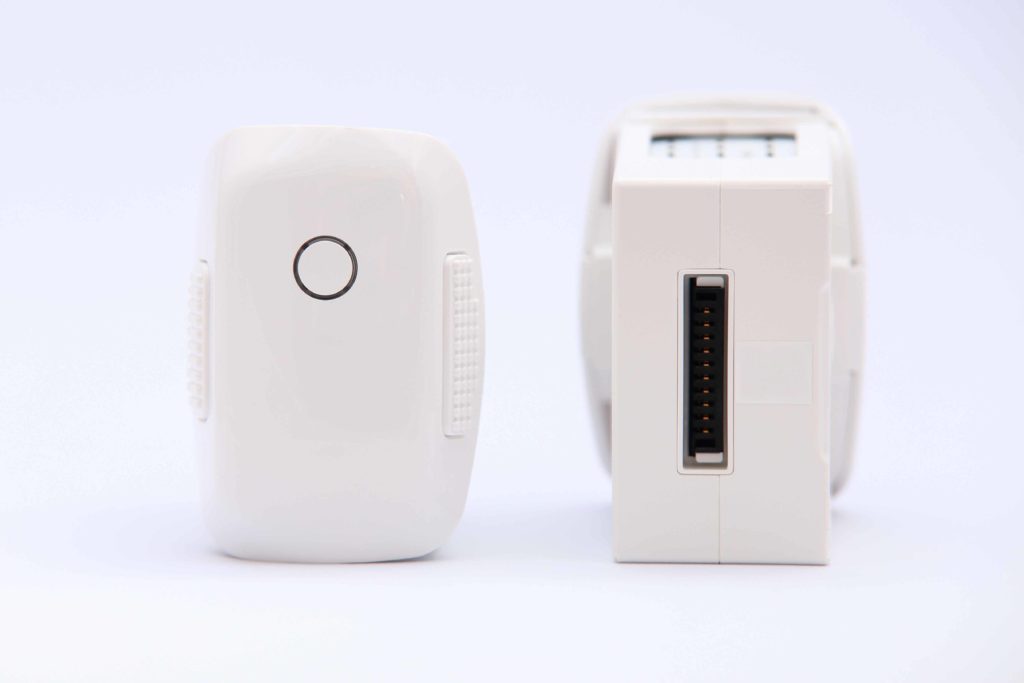
2. Battery Condition
Just because a battery has a low number of charge and discharge cycles does not mean that the batteries are necessarily in good health.
Take a close look at each pack. Do the sides/top/bottom appear nice and flat? If any sides appear rounded, or “puffed”, steer clear!
A puffed battery typically indicates a weak or dying battery.
The reasons lithium batteries puff is typically because they have been left fully charged or fully discharged for extended periods of time and their cells have started to fail.
A lithium battery is usually at it’s happiest around 30-50% charge, especially if it is being stored for an extended length of time.
3. Airframe cracks and damage.
Have a close look at the airframe to inspect for any cracks or obvious damage.
Even though a drone may have had a very easy service life, some early models of a series (eg the Phantom 4) were notorious for having motor mount cracks after minimal use.
Others, such as the AgEagle or eBee may have been crashed before and the foam may have been damaged or split.
Look for any evidence of gluing or repair to ensure you are buying a drone with an intact airframe.
Check the quality of the repair (if the seller indicates there have been repairs). A glued foam airframe will typically be weak.
However, proper reinforcement using carbon fiber or wood spars may make the repaired unit stronger than the original! 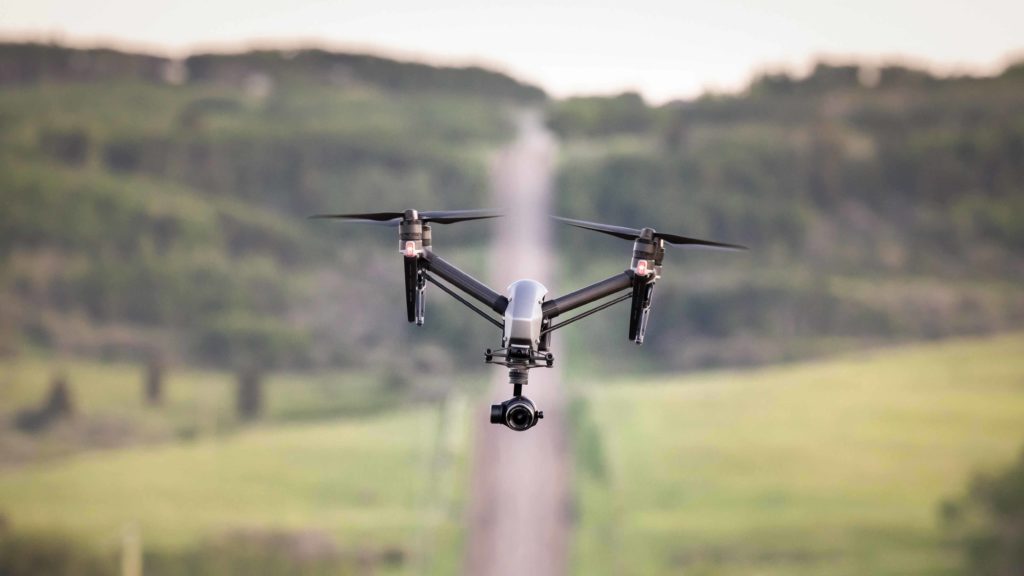
Always do your homework when purchasing a second hand UAV system.
4. Remaining warranty?
Buying a drone with remaining warranty can save you some big money down the road and provides peace-of-mind when purchasing.
Ask the seller for proof of purchase so that you know when your warranty starts and ends.
If a seller is unable to provide any proof of purchase but insists there is warranty remaining, be cautious. It will likely be impossible to have the drone repaired under warranty without proof of purchase.
For example camera or main control board repairs can be very costly to repair out of warranty. A little warranty remaining when you go to purchase can save you a lot of money down the road and gives some great peace of mind!
5. Number of flights.
Most UAVs will have some software that will allow you to read the number of flights on the airframe. In most DJI models you can find this information inside the Go App. Other models may have it built into the controller.
Drones with hundreds of flights may be coming up for some repairs in the near future so remember to factor this into your buying cost.
Buying a unit with a high flight count is not necessarily a bad decision, however.
Professional UAV operators who maintain and service their UAV properly may have better system for sale than someone with a low flight count number who dumped their drone unprotected into their car’s trunk after every flight.
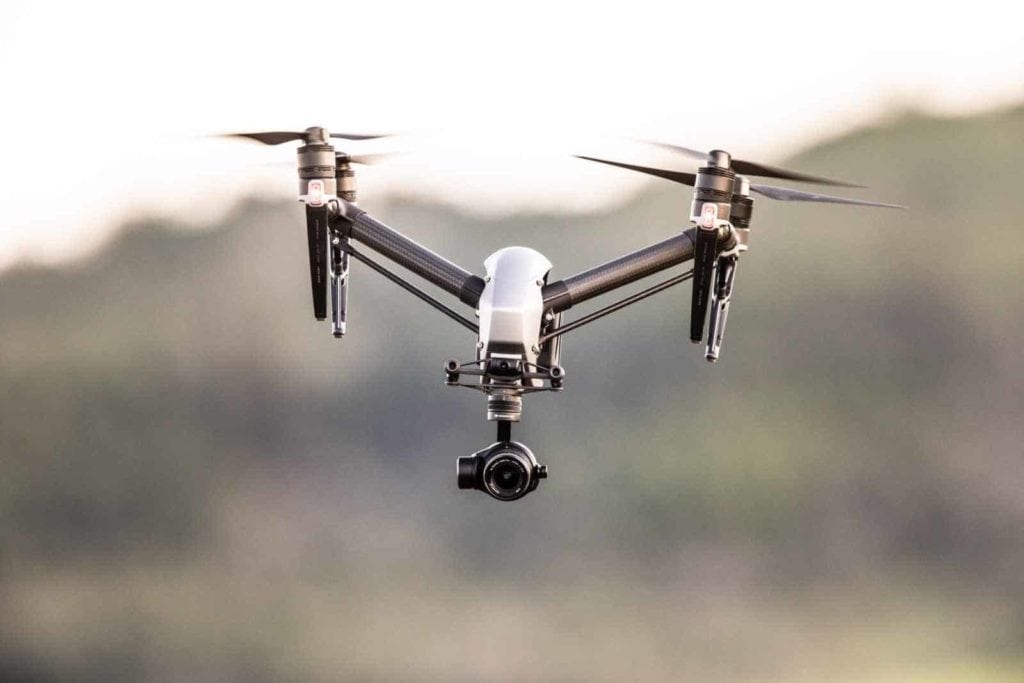
6. Accessories or Cases Included?
Although accessories don’t drive up the sale price much for the seller, they can add a lot of value to the drone you are purchasing.
For example a hard, Pelican-style case is around $200-$500 new.
Batteries (depending on the drone) are usually around $90-$300/each and having to buy them new can become expensive quickly.
Other accessories such as lens filters and protectors can also add up if you are purchasing them at full retail price. Perhaps the seller will throw in a set of HD Video Goggles they own for a great price simply to make the deal happen. Getting these accessories along with the purchase can be very valuable, especially if you resell them separately later on.
Again, the condition that the accessories are in can significantly affect resale value so be sure to go through them carefully.
If the seller does not have any accessories included in their listing it may be worth a try to ask them if they have any accessories available. If they are eager to sell they may throw some in with the purchase simply to close the deal.
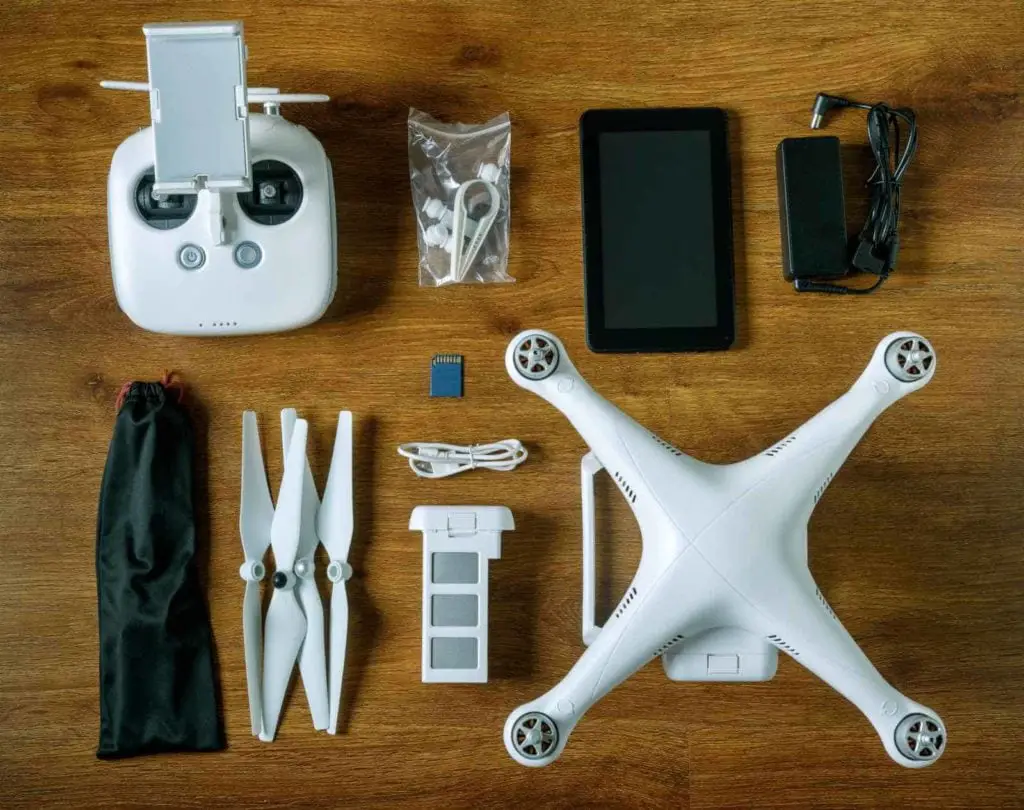
7. Color mismatch between body parts.
Some UAVs may have been crashed and repaired. This does not necessarily mean they are a bad purchase. But do make sure to ask some questions if there appears to have been damage.
One sign of a crashed UAV can be a mismatch in the color of the body panels of a drone. If you are buying a DJI Phantom and the top shell appears faded and worn but the bottom shell is shiny and new, this may indicate that the drone has been crashed and subsequently repaired.
Similarly, if you are purchasing a second hand DJI Inspire, check that the arms have the same carbon fibre patterns. DJI went through several iterations of Inspire arms with different CF patterns. A mismatched pair of arms could indicate a previous crash.
When purchasing a fixed wing system such as a Sensefly eBee or a PrecisionHawk, you will want to ensure that there are no glue marks on the airframe or signs of a crash. Check for color differences or fading between the right and left wing. A noticeable difference may indicate that it has been previously crashed/repaired.
Although it may still fly, having an improperly repaired fixed-wing UAV can significantly decrease the amount of stress the airframe can take in high flight load environments (sharp turns, rapid climbs, high winds etc).
Again, buying a crashed/repaired camera drone does not mean it is a bad purchase. However, make sure that the repair was done according to manufacturer’s spec or by a reputable repair shop.
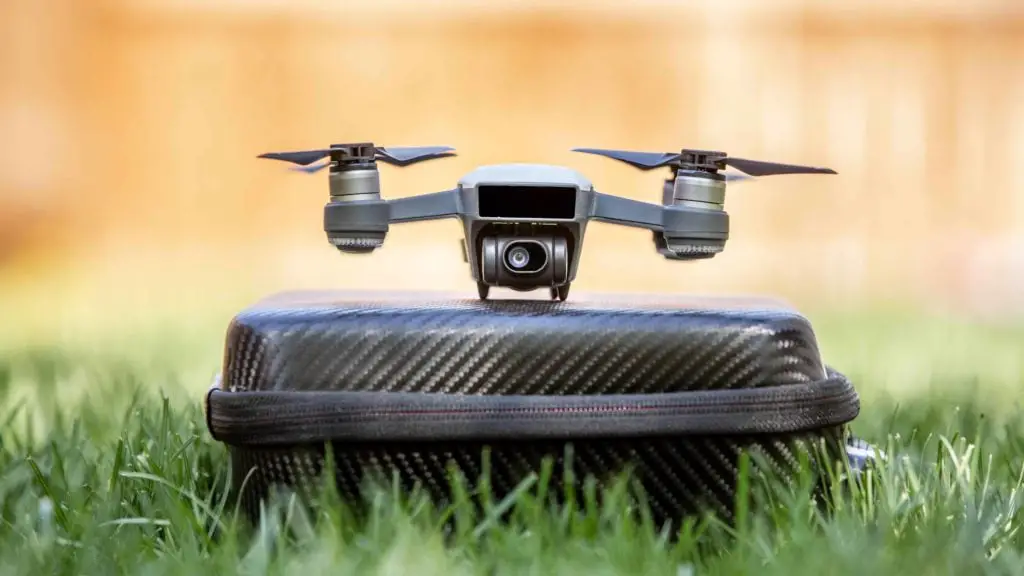
8. Liquid and humidity damage indicators.
Most UAVs have small white stickers (liquid contact indicators) that turn pink in color when they have come in contact with water or humidity.
A water damaged UAV should set off alarm bells. A drone damaged by water will typically have all sorts of electrical gremlins.
Be sure to check and make sure that the liquid indicators are white prior to purchase. These indicators are usually located inside battery compartments, on main boards, near electronic speed controls etc.
Storing or flying the UAV in high moisture environments may also turn the stickers pink over time.
If someone has been flying it near the ocean in heavy ocean spray or through a rain forest, the humidity may gradually turn the stickers pink. This indicates possible water damage even though it has never been submerged.
Although they are not official indicators, also look at any metal bits on the drone.
Screws or metal motor mounts may begin to rust if they have been around salt water for extended periods. Salt water wreaks havoc on electronic components. Be very careful when you suspect the machine may have been in or near a saline environment.
9. Lens scratches or UV filter damage.
One of the main reasons folks buy drones is to take beautiful aerial photos. In order to take beautiful photos you will want to ensure that the lens or lens cover is clean and free of scratches or damage.
Many drones (such as the DJI Phantom Series) have a UV filter installed as part of their camera system. Replacing the filter is an inexpensive repair (only a few dollars).
However, fixing the actual lens element behind this filter is much more expensive. You may have to send the machine back to the manufacturer for repairs.
Many of the higher end UAVs (such as the Inspire 2 with X5S camera) do not automatically have UV filters installed and you will want to check the actual surface of the lens carefully prior to purchase.
Also be sure to check the actual camera sensor behind the lens for any cracks, debris, oil spots etc. Damage to a camera sensor can be quite costly to repair.
10. Range Check.
Not all models have a range check mode (where the power output of the controller is decreased to allow you to check the signal strength) but you can check this fairly easily yourself.
Simply turn on both the controller and drone and begin to walk away from the drone. If your signal drops out after only a hundred feet you may have an issue with signal strength (eg. detached antennas, missing RF shielding etc).
If you still have a strong signal on the ground you may want to have the seller test fly the unit for you to ensure you have strong signal even at advertised distances (always follow local and federal laws regarding UAV flights).
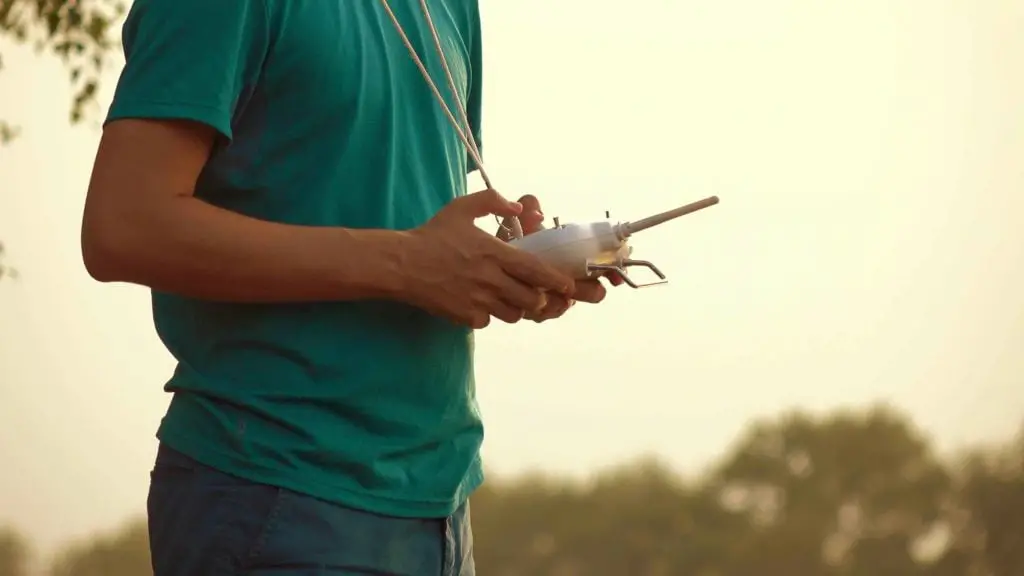
11. Test Flight.
This is probably one of the most important things on the list. Just like test driving a used car, a test flight will give you a pretty good indication as to whether the machine functions properly. Do all the controls work as they should?
The owner performing a test flight for you prior to purchase is a great idea. You can check to be sure the drone has proper range, a solid video downlink, and that the controller has no apparent issues.
Make sure that the drone has the same signal strength when flying backwards as well as forwards. Some drones (such as the DJI Inspire series) have multiple antennas mounted in the front and the back (typically inside the landing gear). Improper reinstallation of these antennas may significantly reduce the range when flying in a particular orientation.
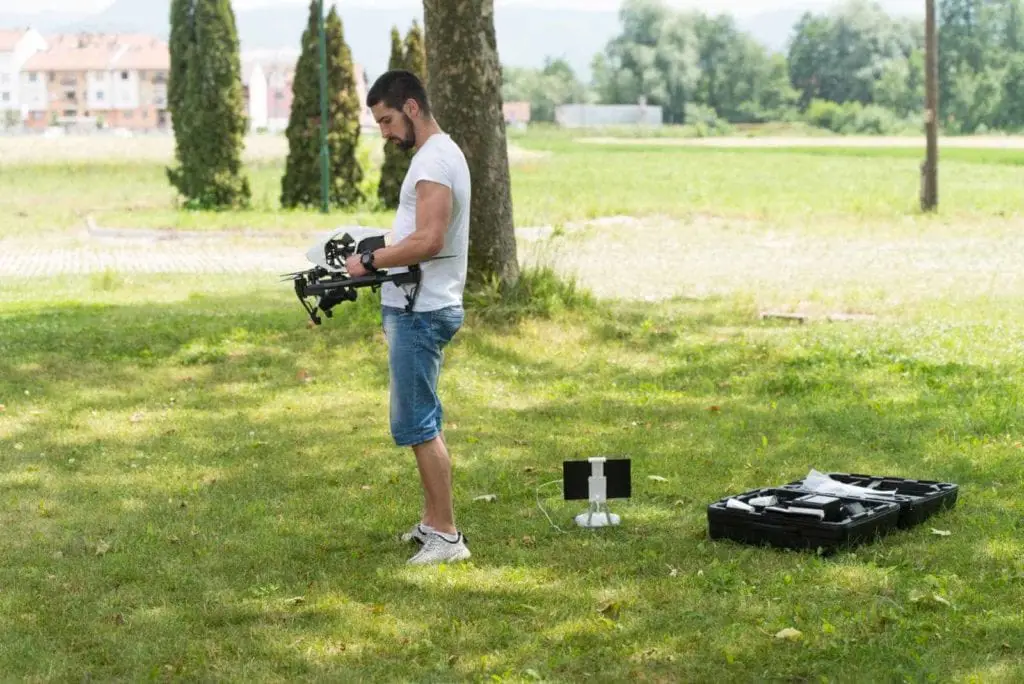
12. Modifications.
Modifications are not necessarily a bad thing. Do however take note of any changes to the airframe or controller prior to purchase.
Some mods, such as parabolic antennas mounted on the controller, can add to the functionality of a drone but are also easily removed if you want to return the UAV to stock form.
Other modifications like a boosted & rewired remote controller or an aftermarket set of motors are not so easily changed back to stock form. They will also typically void any remaining warranty that the UAV may have.
Ask the seller to list any modifications to the drone and compare stock factory photos of the drone to the drone they have listed for sale to determine if any changes have been made.
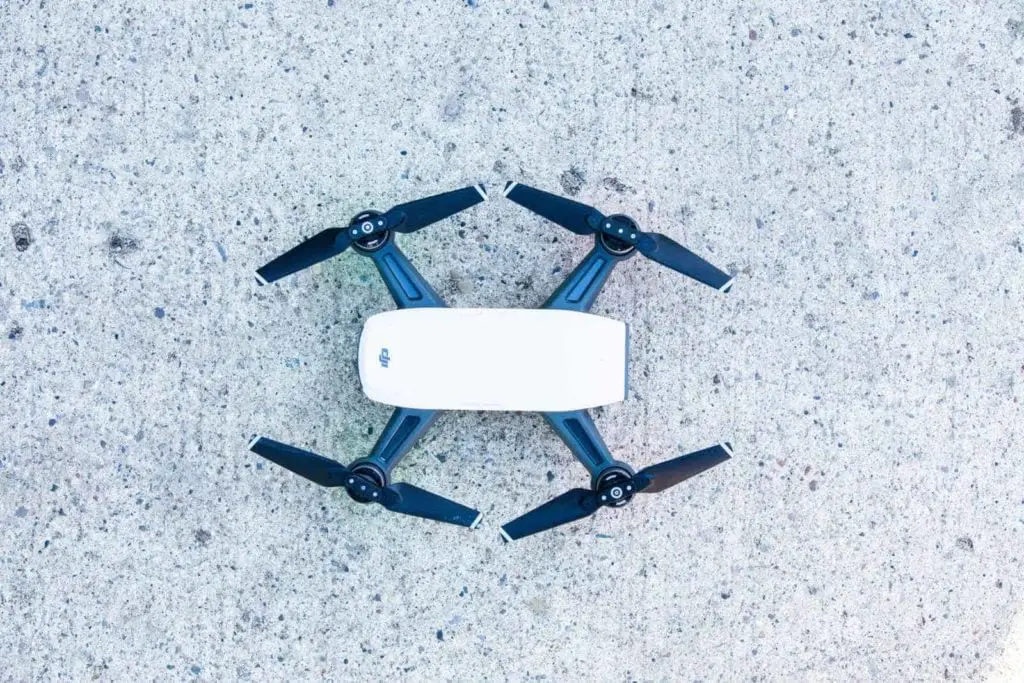
13. Extended warranty options or “Refresh” plans.
As discussed in point #4, any remaining factory warranty can provide significant peace of mind when purchasing.
Occasionally, people may purchase their drone with an extended warranty through a third party vendor or an upgraded insurance plan through the manufacturer (DJI Care Refresh for example). These optional upgraded insurance packages will require proof of purchase or an insurance card with a plan number etc.
Some are simply automatically linked via a serial number on the drone (as in the case of DJI Care Refresh). Be sure to ask for any documents that provide proof of additional insurance or warranty. They can be transferred to you, the new owner.
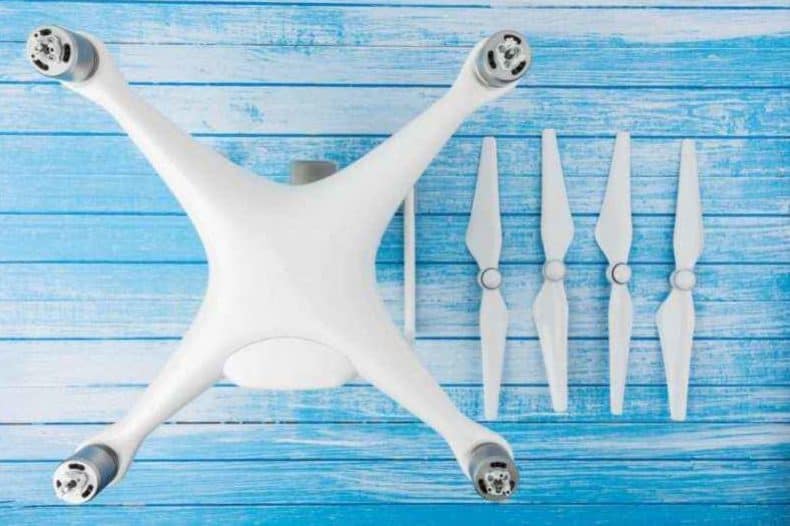
14. Original packaging included?
Although not required and probably having little effect on resale value, having the original packaging & manuals can make it easier to sell the drone down the road.
For example, if you see two identically spec’d used drones listed on DroneTrader, one with photos of it plunked in the middle of a messy workbench and the other drone packed neatly into it’s original factory packaging which one are you more likely to purchase (all else being equal)?
As well, it is much easier to pack and ship the drone safely when you have the original factory packaging.
15. Registered by FAA (or Transport Canada for our Canadian readers)?
Although FAA drone registration may be going the way of the dodo, it is important to confirm with the seller that the serial number of the drone is not linked to an active FAA or Transport Canada directory.
If the drone was previously registered by the seller it may be smart to have it put in writing that the UAV will be delisted or decommissioned from commercial-use documents.
16. Flight logs and controller data.
More information is better when purchasing used.
If you can get a copy of the flight logs or drone health from apps such as Airdata, they can give you a wealth of information regarding number of flights, battery health, motor issues, radio signal strength and much more.
Some drone manufacturers, such as Canadian based drone manufacturer Aeryon have their own proprietary software (Aeryon Live) to track all the flights the UAV has made and give detailed reports on various UAV subsystems such as battery health and flight metrics.
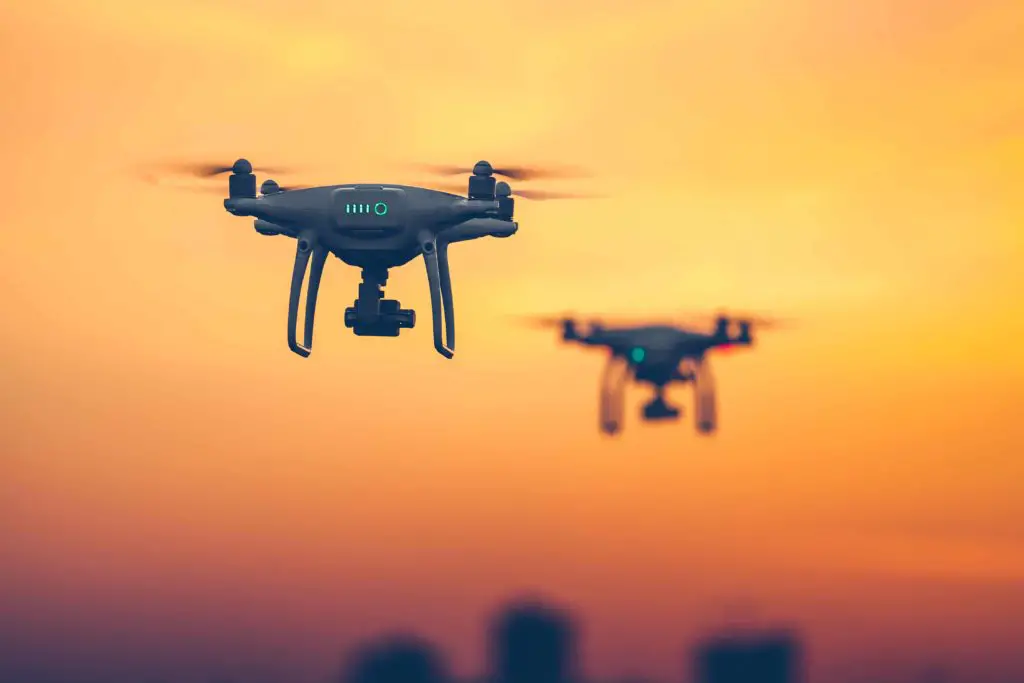
17. Barcodes/serial number still visible?
Barcodes and serial numbers are very important when it comes to purchasing a used machine, for a number of reasons.
First, many manufacturers use the serial number of the drone to link to the controller or a LAN (in the case of a WiFi based UAV such as the Phantom 2 Vision+).
Secondly, many manufacturers use the serial number for warranty purposes.
Third, any aftermarket or upgraded warranty or refresh options (see point #13) are directly linked to the serial number. Even if you were to lose your proof of purchase you should be able to get warranty or replacement using your serial number.
Fourth, stolen or “grey market” drones have a much greater chance of having their serial numbers removed from the outside of the drone. Many manufacturers have the serial number embedded in the software, where it is next to impossible to remove. However, some may simply have an external placard or sticker with the serial number.
Be careful when buying a UAV without a serial number or with an illegible one.
18. Landing gear function.
Not applicable to every machine, but an important item to check on those that have retracts (retractable landing gear).
Many drones, such as the DJI Inspire series or the Yuneec Typhoon models have retractable landing gear to allow for 360 degree panning of the camera without any obstruction.
It’s easy to miss cycling the landing gear up and down when you are test flying a used drone.
Why is it important to check? Landing gear that does not work or that binds during its transition may indicate a previously damaged unit.
For example, the Inspire 1 UAV has a very strong screw-type mechanism for lifting and lower the legs. Even a moderate crash can bend this screw. If you notice binding, squealing or only a partial retraction, investigate further to determine what is causing the issue.
It may simply be a dirty or non-lubricated gear, or it may be indicative of a previous crash.
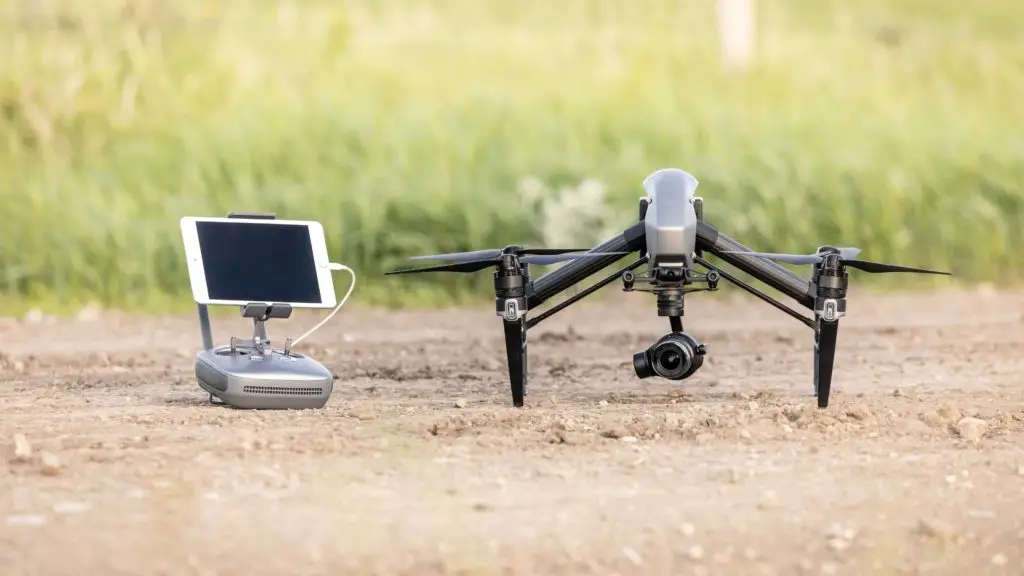
19. Maintenance history available?
When you purchase a used vehicle a common question buyers ask is “Do you have any maintenance records?” Car sellers should usually be able to produce oil change records, engine work receipts etc.
Similarly, if someone is selling a used UAV, they should be able to produce receipts or records for any repairs or maintenance done by a drone shop or the manufacturer.
Although maintenance on drones is minimal, it doesn’t hurt to ask the seller for any records they may have. Commercial drone operators will often have detailed documents of their drone maintenance and service life. Recreational users may not have any available.
20. Check current market pricing.
Many drone aficionados will purchase the latest and greatest UAV the minute they are available to order.
However, when purchasing a newly released model you will typically pay a premium to be the first to own one.
For example, the DJI Phantom 4 when first launched was US $1399. Now the manufacturer DJI is selling refurbished units (same warranty as new) for only US $699! This is a price drop of 50% in under two years (another great reason to purchase second hand drones instead of brand new)!
Early adopters will often accessorize their purchase with cases, extra batteries etc. They will easily spend several hundred dollars over the cost of the drone alone. When they decide to sell, they may want to recoup some of this cost. Be careful to research what current used drone prices are on DroneTrader or eBay so that you do not overpay for a preowned unit.
In Conclusion
Be sure to do your homework when purchasing a used or preowned camera drone.
Although there is always some risk when purchasing preowned UAV, ensuring that you carefully cover all the points on this list should minimize any risk.
Also, once you have purchased it, be sure you are properly covered (especially if you plan to use your drone for commercial purposes). If you are looking for a list of drone insurance options please visit our recent UAV insurance post for more information!

